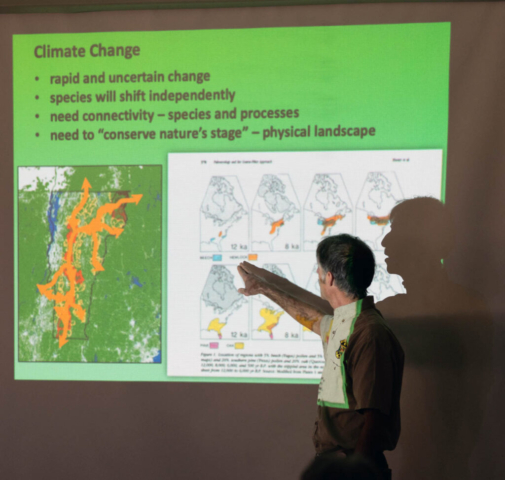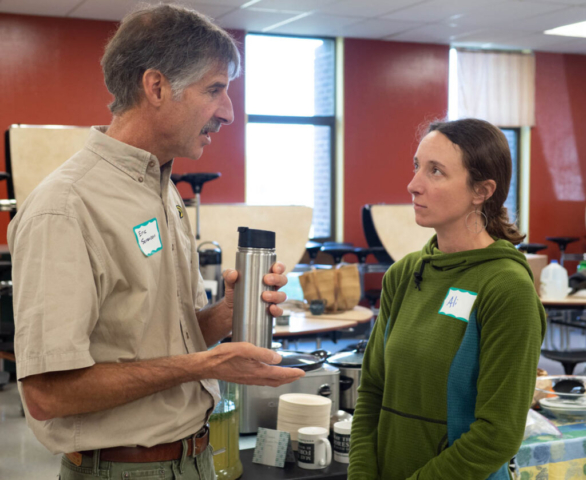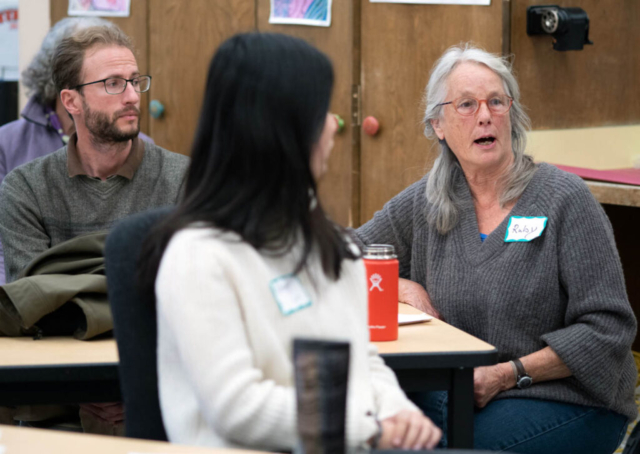Photo & Video Galleries
Videos
Sue Morse presents Wild About Wild Habitat
When it comes to wildlife, renowned photographer and wildlife researcher Sue Morse puts it this way: “If you don’t build it, they will come.” In other words, wild animals need intact, interconnected, wild habitat to survive and thrive. In this recorded webinar, Sue as she shares her remarkable photos and insights about the wildlife with whom we share this place we call home, their need for wild habitat, and the actions individuals and communities can take to promote wildness.
Download Sue Morse’s webinar bibliography.
Hosted by Declan McCabe of St. Michael’s College Center for the Environment and co-sponsored by Vermont Family Forests, The Watershed Center, and Lewis Creek Association.
DAVID BRYNN
EATING THE FOREST WITH ALI video series
Since Covid-19 changed our plans to offer periodic field trips to explore wild forest edibles in 2020, we created this series of videos with herbalist Ali Zimmer to offer virtual forays into the forest and learn how to respectfully harvest its wild bounty. Such a delight and privilege to tap into Ali's wealth of plant wisdom.
Important Note: When heading into the forest with the intention to harvest wild plants for food, it's extremely important to be both safe and respectful. Our videos below serve as introduction to some of the spring ephemerals of Vermont, some of which are edible and/or medicinal. Proper identification of plants is essential to your safety. Get the guidebooks and guidance you need in order to know for sure what you are harvesting and how to prepare it safely. Be sure to harvest in healthy forest habitats, far from roads, railways, and other sites that could be contaminated.
Know the ownership of the lands you're exploring and whether or not foraging is permitted there. When foraging, always do so with the utmost respect for the natural community of life you're in. Harvest very lightly, always with an eye for leaving the plant population as robust as you found it.





























